A crooked metal extension, a bright yellow entryway, and a barn turned playpen are featured in this collection of barn and farm conversions in the northeastern United States.
From Maine to Pennsylvania, the northeastern region of the United States features rich farmland architecture with a vernacular that reflects its European roots.
With its roots in English, Dutch, and German colonial styles, there are some variations, but farmhouses, barns, and other structures in the area are characterized by clapboard or stone siding, small windows due to the scarcity of glass, and steeply pitched roofs in the face of strong snowfall.
Many architectural studios have been commissioned to restore, extend and update aging structures, keeping the original forms intact while adding new materials and colors as well as modern weatherproofing.
The eight plots below have been given a modern makeover with the designers retaining or paying homage to the origins of the structures, the oldest of which dates back to the late 1700s.
Read on for the full list.
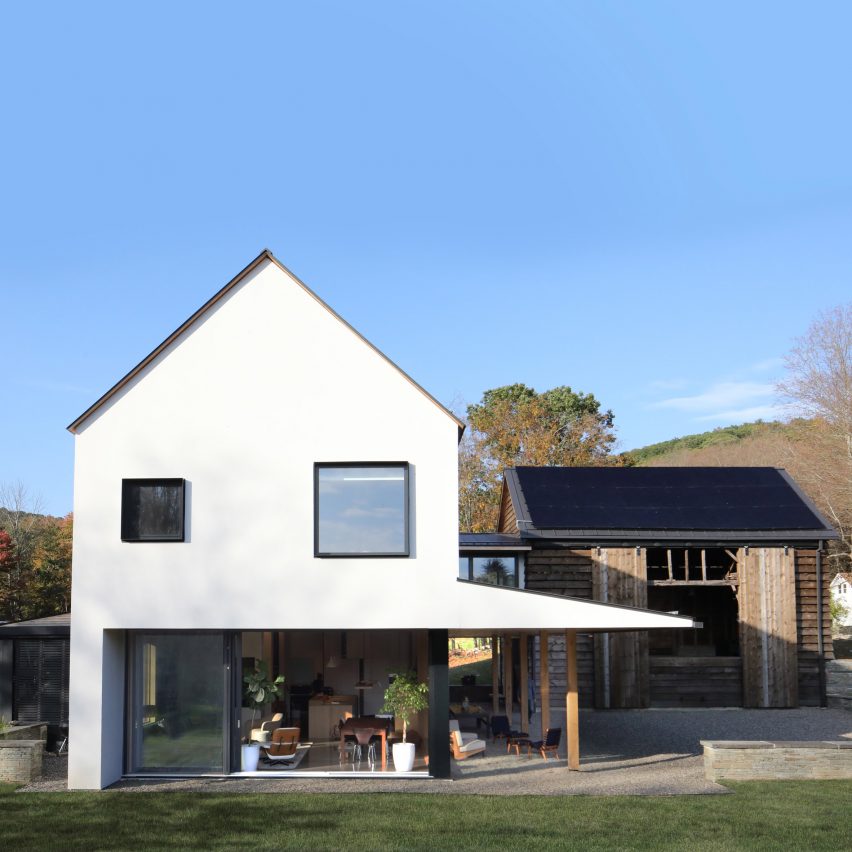

Gallatin Passive House, New York, North River Architecture
North River Architecture created the Gallatin Passive House as an extension to an 18th-century farm in upstate New York, restoring and repurposing an on-site barn as a play area for the owner's children.
“The site design links the new house to a fully restored 18th century Dutch barn, now repurposed for multi-purpose events, work, storage and, most importantly, a weather-protected recreation area for the three children of the owner,” said North River Architecture. .
Learn more about Gallatin Passive House ›
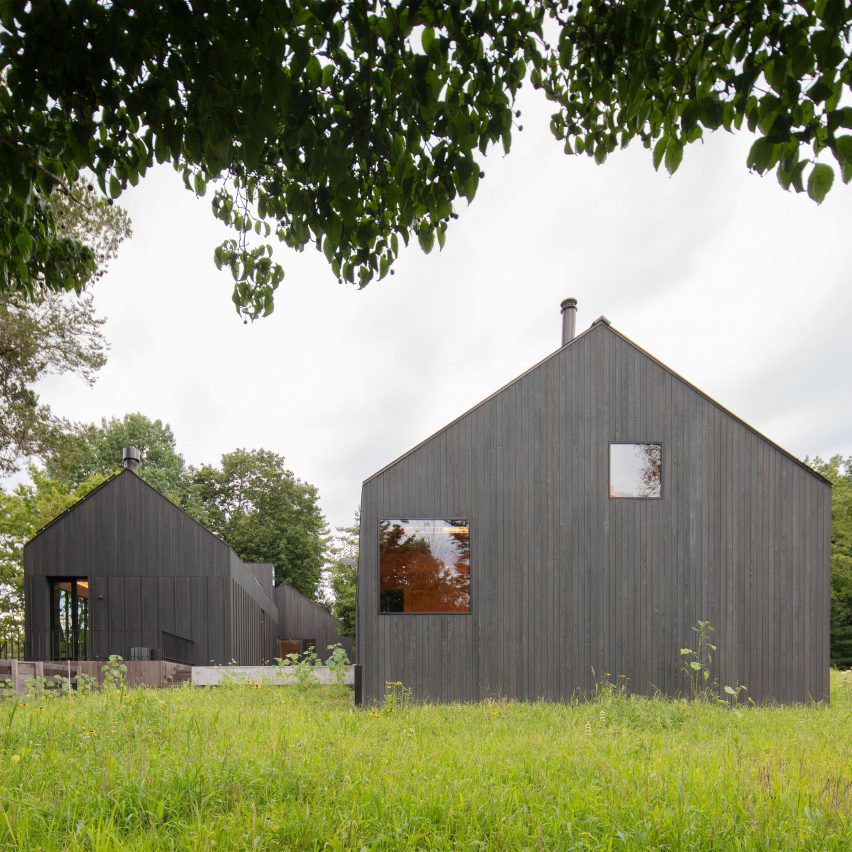


North Salem Farm House, New York, Worrell Yeung
Worrell Yeung updated this historic New York farm by gutting and expanding an original dairy barn on the property and turning it into an L-shaped main residence.
The designers also added a detached garage, studio and a spa shed each with a gabled roof as a tribute to the area's vernacular architecture.
Learn more about North Salem Farm House ›



Floating Farmhouse, New York, Tom Givone
Self-taught designer Tom Givone renovated this dilapidated farmhouse in upstate New York, adding a glass curtain wall in the kitchen and dining room, concrete floors and exposing the original wooden beams.
“Following a four-year design and renovation process, the 1820s mansion is now a study in contrasts: fully restored to its period grandeur, it features cleanly modernist elements, including a skyscraper glass wall in the kitchen and polished concrete and steel finishes,” Gibone said.
Learn more about the Floating Farmhouse ›
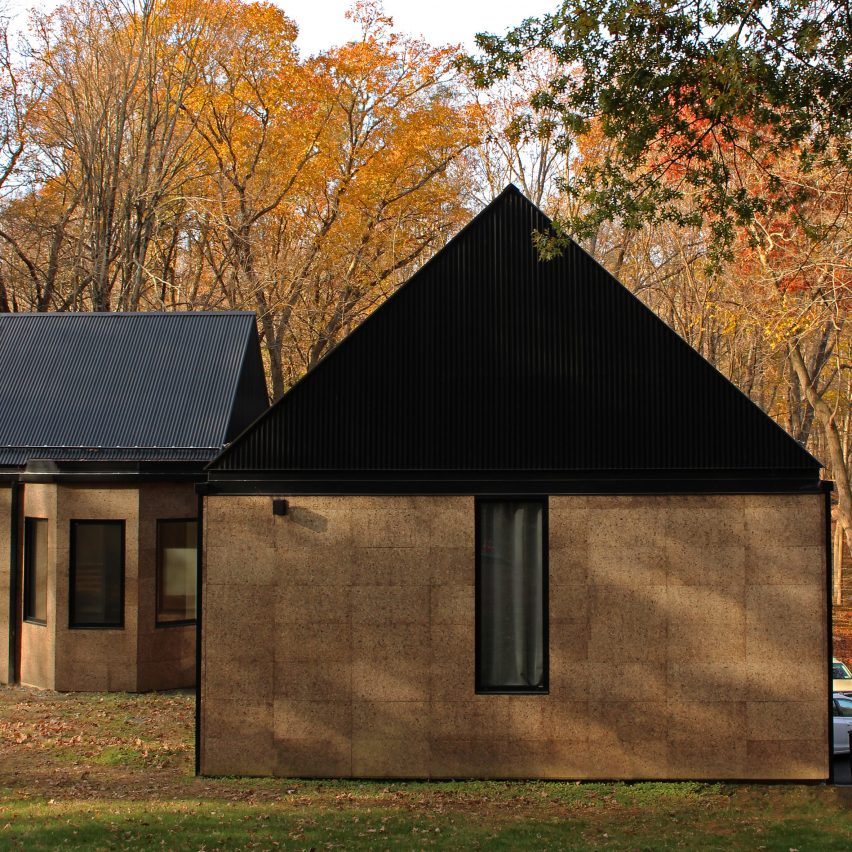


Cork Haven, New York, Nate Dalesio
Architect Nate Dalesio updated this 1930s New York home for him and his young family, reusing the existing foundation but replacing most of the visible structure.
Dalesio replaced the aging wood frame and floorboards, adding a tin and wood plank roof with a host of modern materials, including cladding the exterior with cork to help insulate the building.
Find out more about Cork Haven ›
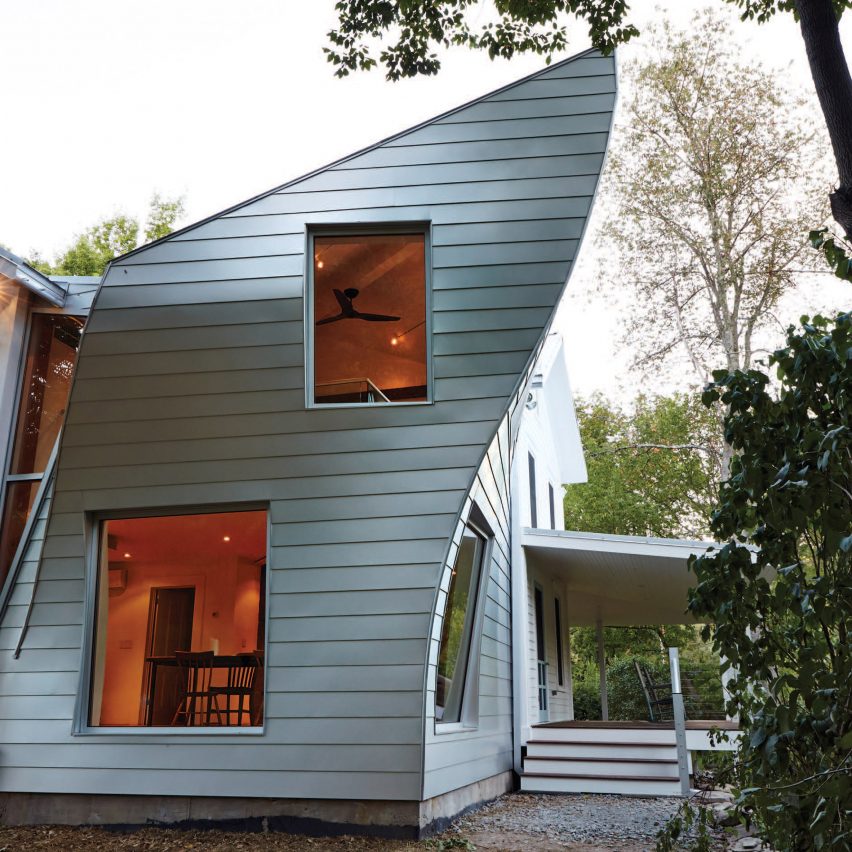


Twisted Farmhouse, Pennsylvania, Tom Givone
Tom Givone added a crooked metal addition to an 1850s Pennsylvania farmhouse that was designed to appear to “point” across from a neighboring house where the owner grew up.
“I imagined this family bond as a physical force, like a gravitational field between the two houses, acting on the addition and 'pulling' it toward the original farmhouse across the street,” Givone said.
Learn more about Twisted Farmhouse ›



Maine Farmhouse, Maine, Kaplan Thompson Architects
Kaplan Thompson Architects connected a traditional Maine farmhouse with a modern extension using a bright yellow volume, which serves as a new entrance.
An “energetic, sculptural” new living and sleeping wing has been added to the main farmhouse, with a roof that wings outwards in contrast to its more formal gabled roof.
Learn more about Maine Farmhouse ›
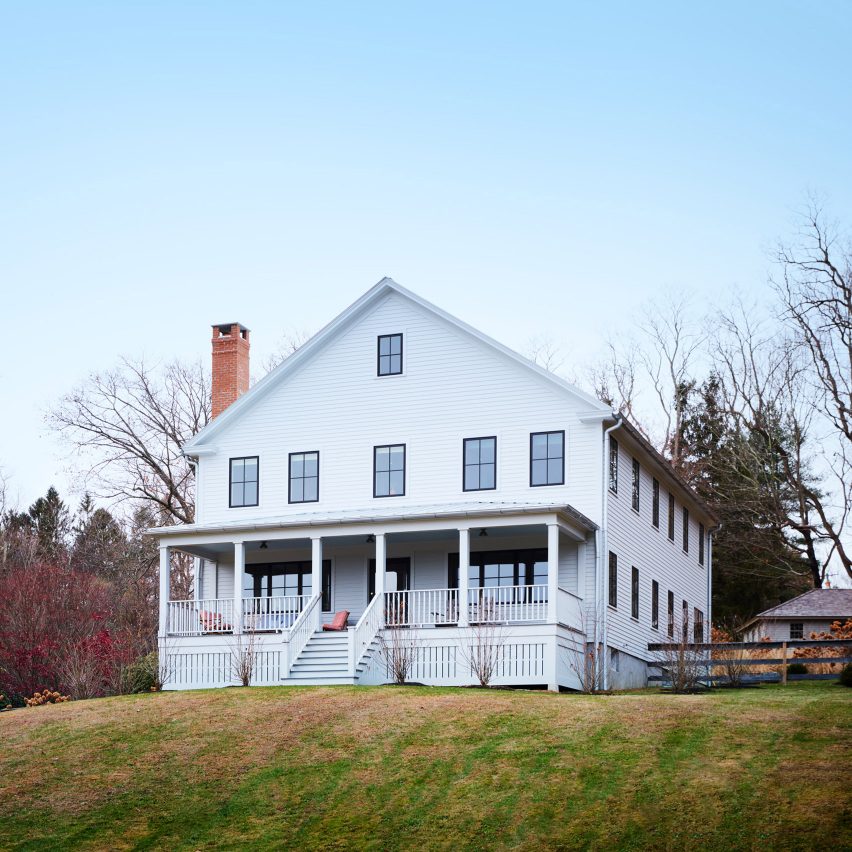


Connecticut Farm, Connecticut, Hendricks Churchill
For this residence in Connecticut, the client desired a traditional home with contemporary features.
Hendricks Churchill partially demolished the original low bungalow on the site, leaving only the frame and ground floor foundations, on which he built a 'modern farmhouse' with a covered porch and gabled roof.
Learn more about Connecticut Farmhouse ›
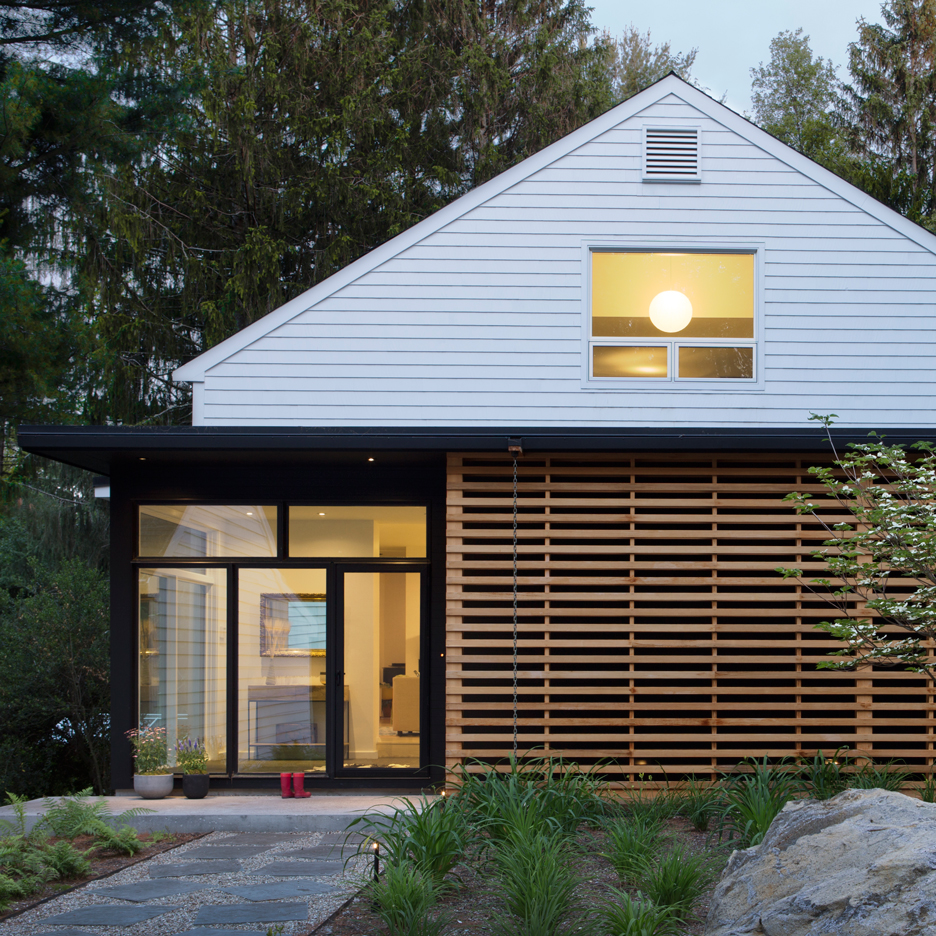


Modern Barns, Massachusetts, Aamodt Plumb Architects
Aamodt Plumb Architects renovated a series of barns on this Massachusetts site that were previously converted to single-family homes in the 1950s and updated again in the 1980s by visual artists Douglas Fitch and Ross Miller.
Among other modern updates, Aamodt Plumb Architects revealed the “simple forms” of the three original barns, added a new glass entrance and placed a cedar screen on the main building's facade.
Learn more about Modern Barns ›



